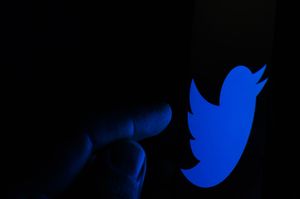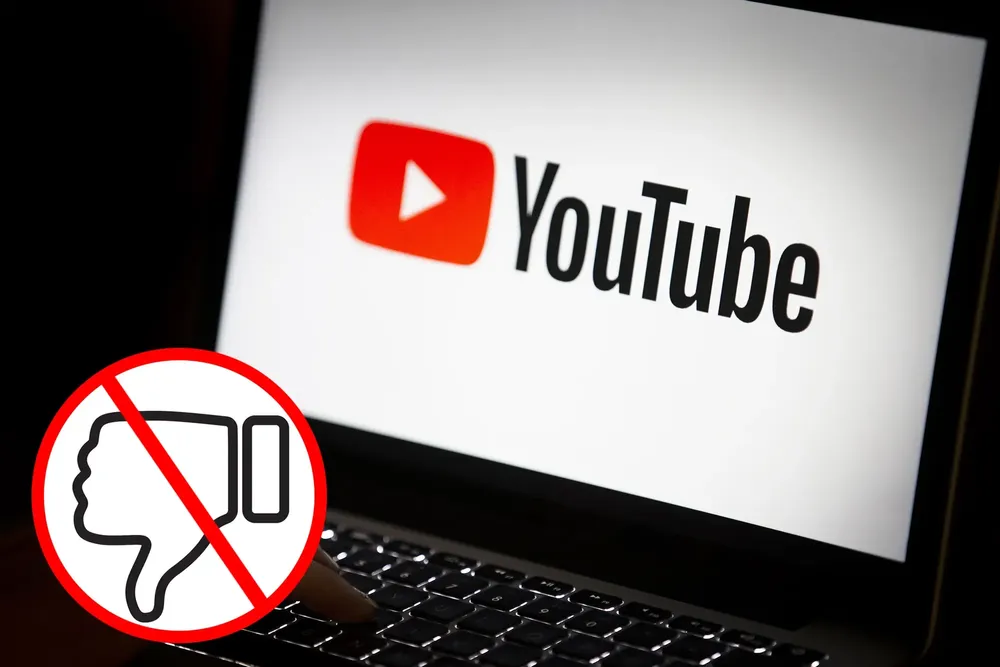In "YouTube's painful removal of dislike counts to fight off TikTok; an analysis (P1)", we explored:
- The power, reach and impact of the YouTube platform.
- Why the like and dislike count ratios matter.
- How likes and dislikes impact our psychology on a deep chemical level.
- How the use of likes and dislikes can be abused.
In this post, we debate the merits behind the decision of YouTube to remove the public dislike counts as lived by its user base.
YouTube's official position behind the removal

Youtube commented that the decision to hide the dislike count was driven by:
- Widespread reporting of harassment by smaller creators.
- Data from a testing period confirming a diminished likelihood of people to use the dislike button, most likely due to the lack of seeing the dislike number go up, effectively disincentivising users that "just came here to dislike".
- Data indicating little to no viewership impact on posts on which they tested the hidden state of values.
- Consumers still being able to dislike content while leaving comments.
- Creators continued access to dislike counts and feedback in the comments (for context) to the vote given.
Ironically, YouTube's own video trying to explain its decision itself got a disproportionate ratio of likes (14,000) to dislikes (171,000). It was also accompanied by 100,000 comments, many of which were against hiding the dislike count.

Having lived through a period of cyber bullying and harassment myself, I found it hard to argue against the position YouTube took. No matter my initial reaction, I wanted to understand more deeply why so many would react this against such a constructive intent.
Arguments in favour of the removal

- "Dislike mobs" are real, with several examples of review bombings happening on other platforms, including gaming platforms such as Steam.
- Research confirming the reduced likelihood of consuming content that is undergoing an inorganic wave of artificial negativity due to a 'review bombing' campaign.
- You can dislike content even without playing it (or a reasonable portion of it).
- Evident cases where dislike buttons are abused to advance personal agendas.
- Online harassment and bullying in a lack of constructive measurable disagreement. Reactions can be so severely expressed or received that they can lead to suicide. Leaving the dislike button allows you to show your disagreement with that content without inciting mobs to join in "for fun" or "alternative motives" to the content of that video.
- Artificial dislikes hurt your channel when it comes to the youtube search algorithm.
- It helps prevent coordinated campaigns designed to harass creators and discourage content consumption from new entrants with smaller audiences.
- Disliking should be used to provide feedback to the post's creator but not act as a public humiliation that may discourage them from sharing again in the future.
- Encourages users to be even more harmful.
- If anyone wants to give feedback, they can reach out directly or leave comments for further engagement by the social platform users.
- As happens in Reddit, legitimate content under attack can have its great content removed or hidden due to the malicious manipulation of the platform.
- Only Youtube has a dislike button. Facebook, Instagram, WhatsApp and several other popular social platforms do not have a dislike button.
- If a person can feel so awful about themselves by comparing their 10 likes to someone else's 1,000 likes, imagine how someone would feel if their dislikes far exceeded their likes.
Arguments against the removal

- It offers a quick way to flag inappropriate or offensive content.
- It acts as quality control.
- We are trying to be nice and overprotective of people.
- As a consumer, you can find it easy to understand the general popular view around the quality of that content.
- Dislike buttons and counts balance online discourse and save democracy. By removing, you are promoting lousy content.
- Dislike counts keep people accountable.
- Democracy will always be imperfect, and many will suffer from a lessened ability to determine the value of content because of the few.
- People can still post their thoughts in comments. Would you rather have someone tick a "dislike" button on your post? Or go to the comments to say you're an ugly piece of sh_t?
- If you can "like" or laugh at something to make people feel good, why not be able to "dislike" something in case they get hurt?
- Likes are generally clicked on by close members of the creator's tribe. Dislikes give a broader community the ability to balance that bias.
YouTube hid it but not so well...
If the ability to see the count of dislikes is really important to you, YouTube has hidden the information by default to the broader audience, but in a way that you can access it should you wish to.

A new Chrome and Edge (Chromium) extension is available, "Return YouTube Dislike ", that adds these counts back into your youtube interface.
NOTE: While the official notes indicate that it may be using an API that can become deprecated (retired), that API can also stay.
Then it struck me...
It cannot be that simple...I am missing something!

YouTube is a business, and all of my data points were mainly from the side of user or creator-driven comments and reports.
I failed to link this to business value and business motive!. Something powerful enough to make YouTube want to take this controversial position head-on!.
And there is where things really came together and made sense!
Wrapping up
I cover the business and present my conclusions in "YouTube's painful removal of dislike counts to fight off TikTok; an analysis (P3)".
In this post, we debated the publicly discussed merits that impact creators and consumers of content. We explored how key stakeholders and internal factions (e.g. established creators v.s. smaller new entrants) feel about removing the public dislike counts in a constructive discourse format. Throughout that journey, I realised how I left out the stakeholder considerations that has most to lose! i.e. YouTube itself.
I look forward to you reading "YouTube's painful removal of dislike counts to fight off TikTok; an analysis (P3)", where we focus on the drivers behind YouTube's unpopular decision in an age of ever-increasing competition from modern social media platforms!







